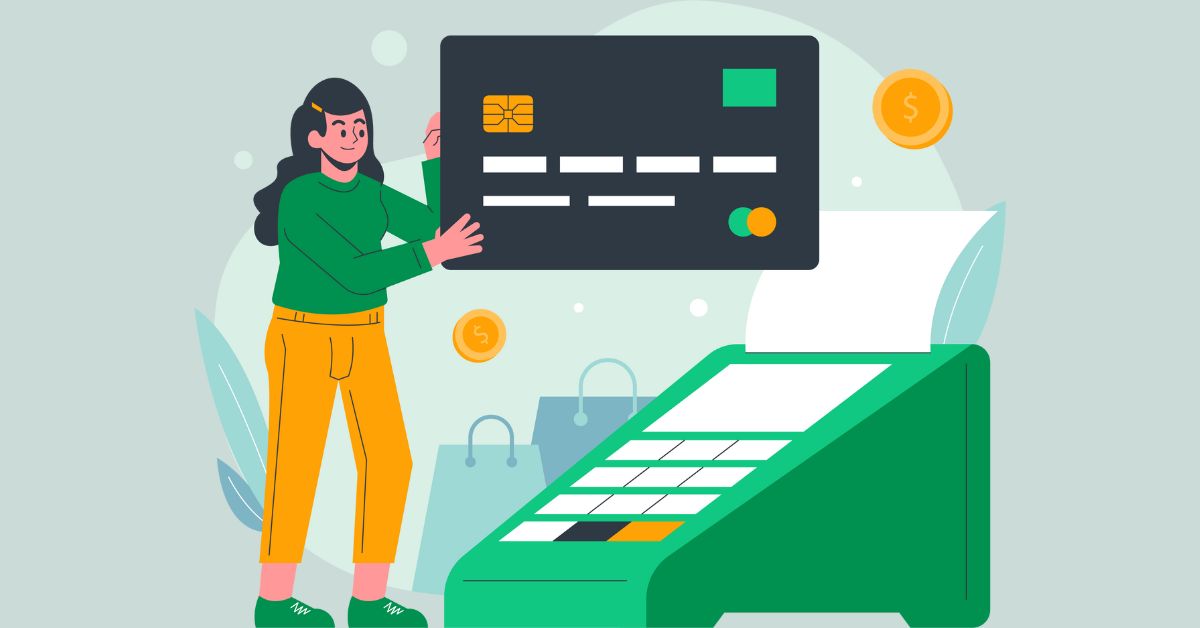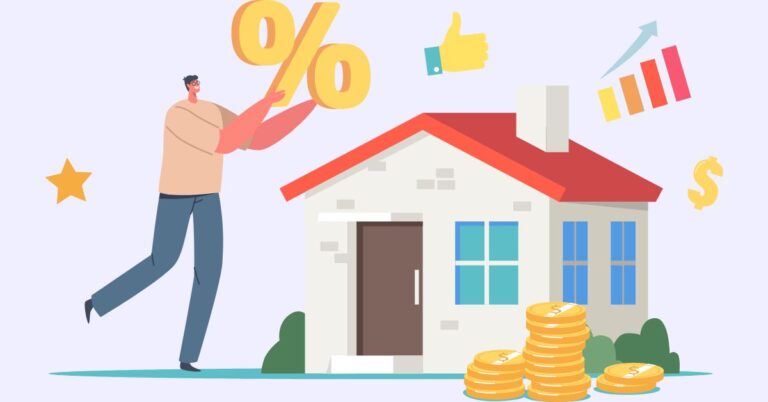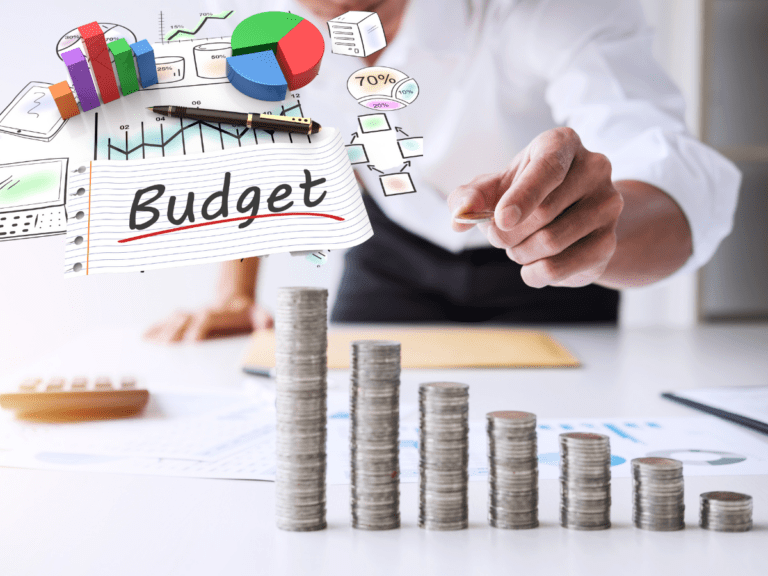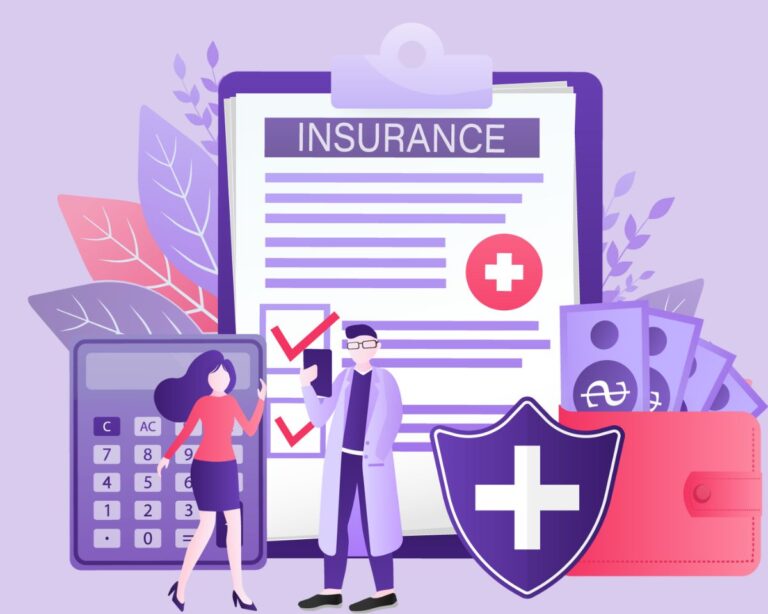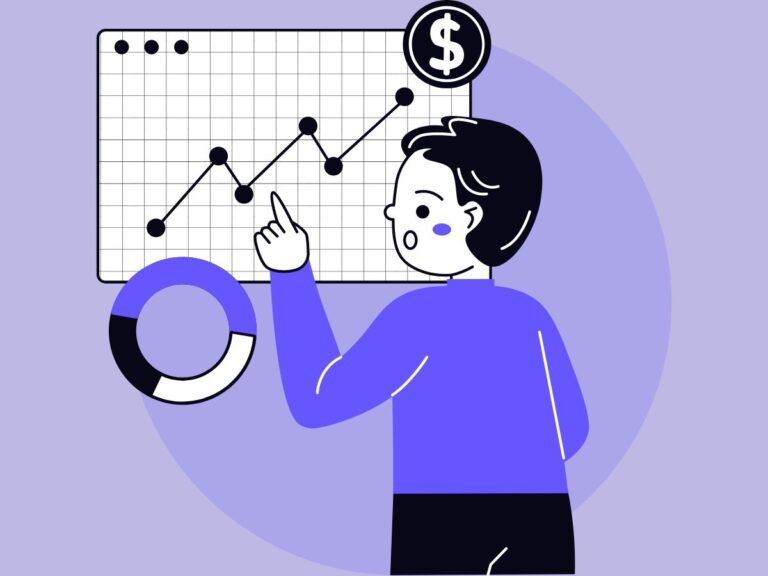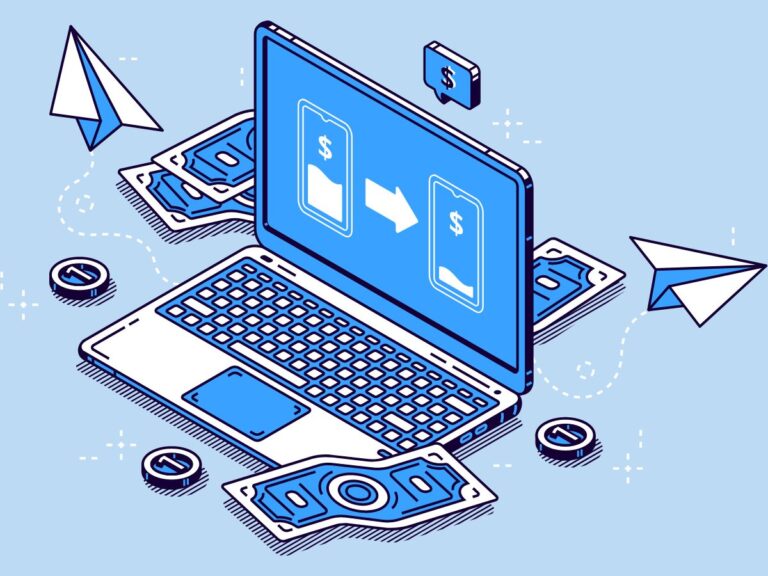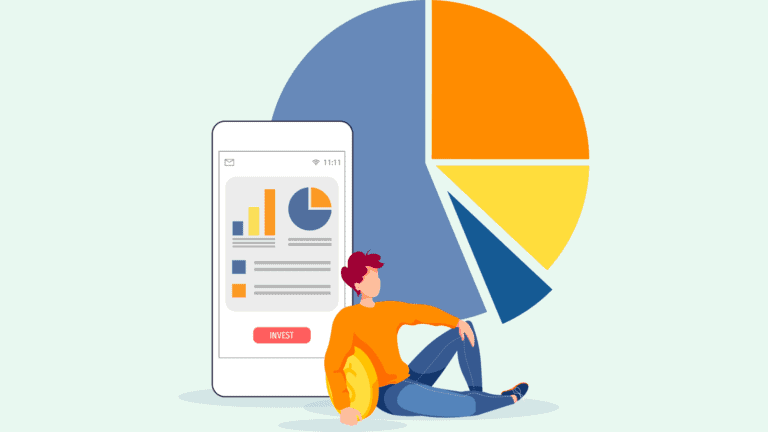Comprehensive Strategies To Pay Off Credit Card Debt Effectively
Credit card debt has become a common problem for many people in recent years, and it can quickly spiral out of control if not managed properly Credit card debt is the amount of money owed on a credit card, usually obtained through making purchases, transferring balances, or taking out cash advances. When people don’t pay their credit card balance monthly, they incur interest charges and fees, increasing their overall debt.
The importance of paying off credit card debt faster cannot be overstated. Interest charges on credit card debt can be extremely high, often in the double-digit range. This can make it challenging to pay off credit card debt, as a significant portion of your payments is going towards interest rather than reducing the actual debt balance. Furthermore, high credit card debt can harm your credit score, making it difficult to obtain loans or other forms of credit in the future.
This blog post aims to provide practical and actionable tips and advice on paying off credit card debt faster. The goal is to help readers understand the problem of credit card debt, the importance of paying it off as soon as possible, and the steps they can take to achieve that goal. Whether you are struggling with a large amount of debt or just looking for ways to save on interest charges, this blog post will provide you with the information you need to get on the right track.
By the end of this post, you will better understand how to prioritize your debt repayment, create a budget, increase your income, and take advantage of professional help when needed.
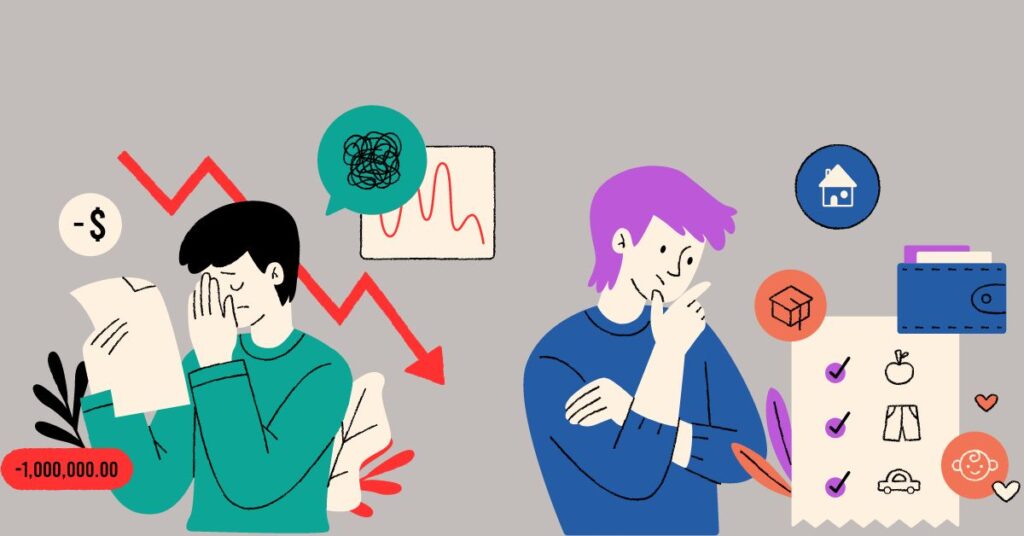
Understanding your Credit Card Debt
The first step to paying off your credit card debt faster is understanding your debt situation fully. This means reviewing your current debt, understanding interest rates and fees, and identifying any high-interest debt. Start by gathering your credit card statements and making a list of the balances, interest rates, and fees associated with each card.
This will give you a clear picture of how much you owe and to whom. Take note of any introductory interest rates that may expire soon, as this could result in a sudden increase in your monthly payment. Next, it’s essential to understand how interest rates and fees work. Interest rates are the fees charged by the credit card issuer for borrowing money. The higher the interest rate, the more expensive it is to carry a balance. Some credit cards also charge fees for late payments, exceeding your credit limit, or other activities. Understanding these fees will help you avoid them in the future and keep more of your hard-earned money.
Finally, it’s essential to identify any high-interest debt. This is debt with an interest rate significantly higher than other forms of debt. High-interest debt should be a priority for repayment, as it can quickly add up and become overwhelming. By focusing on paying off high-interest debt first, you can free up more money to put towards other debt and make progress towards your goal of becoming debt-free. Understanding your credit card debt is the first step to paying it off faster. By reviewing your current debt, understanding interest rates and fees, and identifying high-interest debt, you can develop a strategic repayment plan and progress toward your goal.
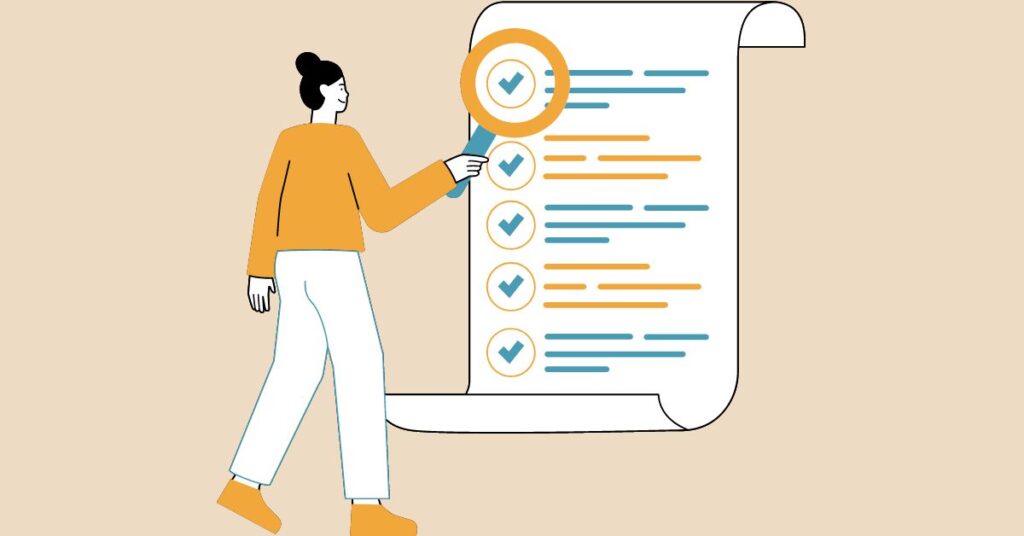
Prioritizing your Debt Repayment
Once you clearly understand your credit card debt, the next step is to prioritize your debt repayment. There are two popular methods for doing this, the Snowball Method and the Avalanche Method. Understanding both ways is essential, as choosing the right approach for your specific situation.
The Snowball Method involves paying off your debts in order of balance, starting with the smallest balance first. The idea behind this approach is to pay off smaller debts quickly, which can provide a sense of accomplishment and motivation to keep going. This method works well for people looking for a psychological boost and needs quick progress to stay motivated.
On the other hand, the Avalanche Method involves paying off your debts in order of interest rate, starting with the debt with the highest interest rate first. This method is more financially efficient, as it saves you more money in interest over time. The Avalanche Method is the right approach if you’re focused on saving money and reducing your overall debt as quickly as possible.
Ultimately, the right approach will depend on your specific circumstances and what will keep you motivated and on track. If you need help determining which method is best for you, try using a debt repayment calculator to compare the results of both ways and see which will save you the most interest over time. Prioritizing your debt repayment is vital in paying off your credit card debt faster. By choosing the right approach, whether the Snowball Method or the Avalanche Method, you can stay focused on your goal and progress toward becoming debt-free.
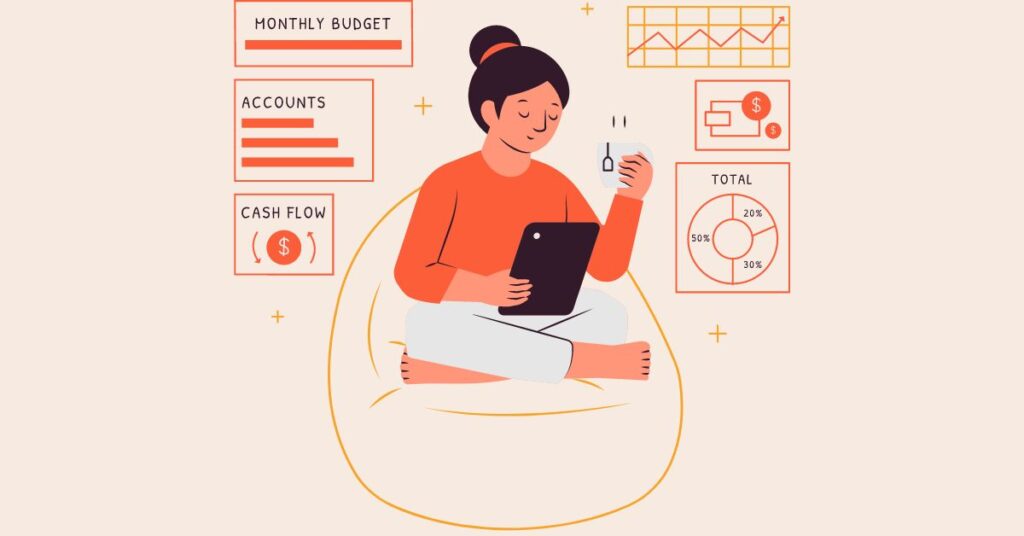
Creating a Budget
Creating a budget is crucial to pay off credit card debt faster. A budget helps you understand your income and expenses and identify areas where you can cut unnecessary expenses to free up more money for debt repayment. Start by assessing your income and expenses. Make a list of all your sources of income, including your salary, side hustles, and other sources. Then, list all your expenses, including fixed expenses (such as rent or mortgage payments, utilities, and insurance) and variable expenses (such as groceries, entertainment, and clothing).
Next, compare your income and expenses. If your expenses exceed your income, it’s time to start cutting unnecessary expenses. Look for areas where you can reduce spendings, such as eating out less, cutting cable TV, or finding cheaper alternatives like entertainment and clothing. Another way to find extra money for debt repayment is to increase your income. Consider taking on a part-time job, freelancing, or selling items you no longer need. Any extra money you can earn can go towards paying off your debt faster.
Creating a budget is essential in paying off credit card debt faster. By assessing your income, cutting unnecessary expenses, and finding extra money for debt repayment, you can develop a plan to achieve your financial goals and become debt-free. Remember, every little bit helps, so keep going even if you can’t make significant changes immediately. Start small, and as you get comfortable with your budget, you can make more considerable changes to increase your debt repayment.
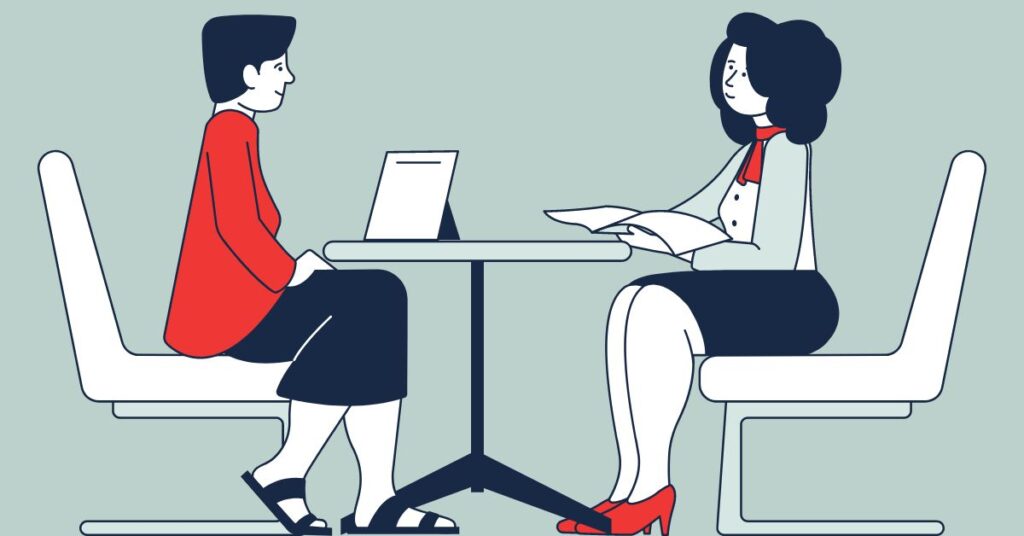
Increasing your Income
Increasing your income is vital to paying off credit card debt faster. By finding ways to earn more money, you can pay more for your debt and reach your financial goals more quickly. Here are some strategies for increasing your income: A side hustle can earn extra income outside your regular job. There are many options for side hustles, from freelance work to selling goods online to providing services such as dog walking or babysitting. Choose a side hustle that fits your skills and interests, and put the extra income towards paying off your credit card debt.
Another option to increase your income is to take a part-time job. Look for opportunities in industries that interest you, such as retail, hospitality, or customer service. A part-time job can provide additional income and help you reach your debt repayment goals faster. If you’re already employed, another way to increase your income is to negotiate a raise with your boss. This can be daunting, but it can be done if you prepare well and make a strong case for why you deserve a raise. Do your research, prepare a list of accomplishments, and be confident and assertive during the negotiation process.
Increasing your income is vital in paying off credit card debt faster. By exploring side hustles, part-time job opportunities, and negotiating a raise at your current job, you can earn more money to pay off your debt and reach your financial goals faster. Remember, it’s essential to be creative and persistent when looking for ways to increase your income, as every extra dollar can help you pay off your debt faster.
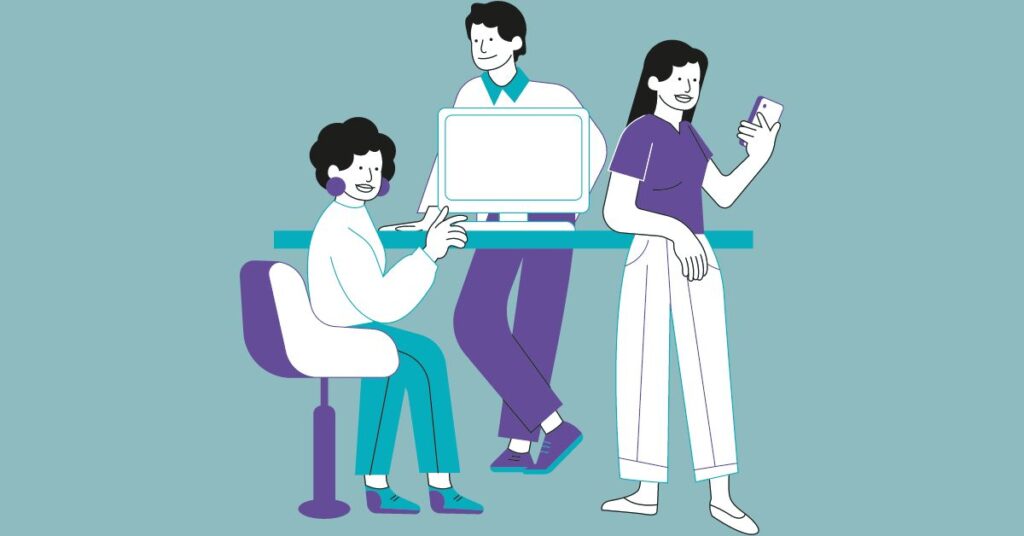
Seeking Professional Help
If you’re struggling with credit card debt, seeking professional help may be necessary. There are several options for seeking help, including debt management programs, credit counseling, and considering bankruptcy as a last resort. Here’s an in-depth look at each option: Debt management programs are designed to help individuals get back on track with their debt repayment. These programs work by consolidating your debt into one monthly payment and negotiating with your creditors to reduce interest rates and fees.
Debt management programs can be a good option for those struggling to make minimum payments and needing help getting their debt under control. Credit counseling is a service provided by organizations that offer advice and support to individuals struggling with debt. A credit counselor will help you understand your financial situation, create a budget, and develop a debt repayment plan. They can also negotiate with your creditors to lower interest rates and fees. Credit counseling can be a good option for those who need guidance and support in their debt repayment journey.
Bankruptcy is a legal process that allows individuals to discharge or reorganize their debt. While bankruptcy can provide relief from debt, it can also have significant long-term consequences, including a negative impact on your credit score and difficulty obtaining credit in the future. It’s important to consider all other options before turning to bankruptcy and to seek the advice of a financial professional or attorney before making a decision.
Seeking professional help can be an essential step in paying off credit card debt faster. Debt management programs, credit counseling, and bankruptcy are all options to consider, but it’s vital to carefully weigh each option’s pros and cons and seek the advice of a financial professional or attorney before making a decision. Remember, the goal is to get back on track with your debt repayment and reach financial stability, so take the time to find the right solution for your situation.
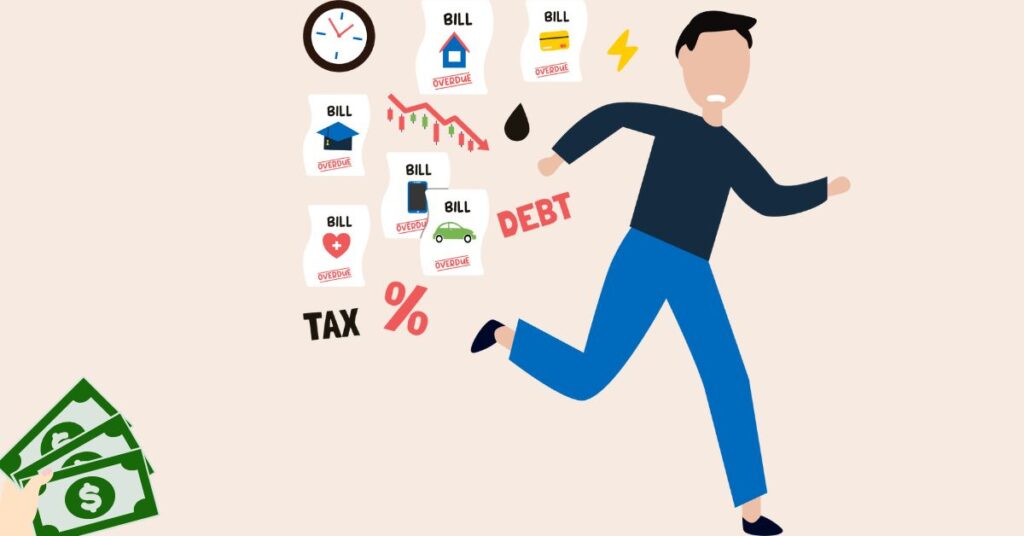
Staying on Track
Staying on track with your debt repayment is just as important as getting started. Here are some tips for staying on track and reaching your debt repayment goals: Automating the process is one of the easiest ways to stay on track with your debt repayment. Set up automatic payments for your credit card bills to avoid missing a payment and incurring late fees. Automating your payments also helps ensure that you’re making progress toward paying off your monthly debt.
It’s important to avoid taking on new debt while focusing on paying off your existing debt. This means avoiding using your credit cards for new purchases and avoiding taking out any new loans or lines of credit. You can focus your energy and resources on paying off your debt by avoiding new debt. Finally, it’s important to celebrate your progress as you pay off your debt. Whether it’s paying off a smaller debt in full or reaching a milestone in your debt repayment journey, it’s essential to take a moment to acknowledge your progress and celebrate your success.
Celebrating your progress can provide motivation to keep you on track and focused on reaching your debt repayment goals. Staying on track with your debt repayment is crucial to reaching your financial goals. By automating your debt repayment, avoiding new debt, and celebrating your progress, you can stay focused on your goal and achieve financial stability. Remember, paying off debt is a journey, and it’s essential to stay committed and celebrate your successes.
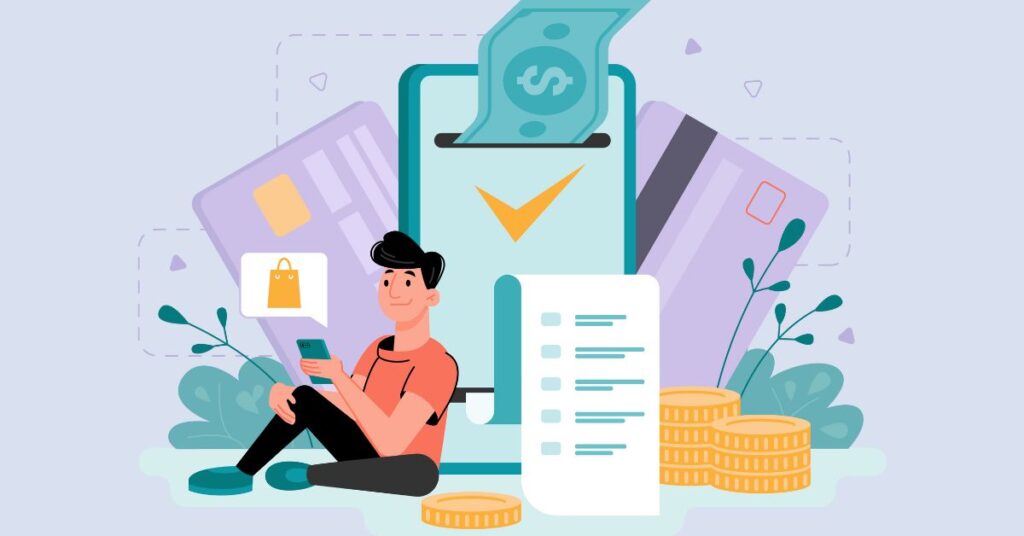
That’s A Wrap Paying Off Credit Card Debt
Paying off credit card debt faster requires understanding your debt, creating a budget, increasing your income, seeking professional help, and staying on track. By following these steps, you can take control of your debt and reach financial stability.
Key Points:
- Understanding your credit card debt and reviewing your current debt.
- Prioritizing debt repayment using the Snowball Method or the Avalanche Method.
- Creating a budget and cutting unnecessary expenses.
- Increasing your income through side hustles, part-time job opportunities, or negotiating a raise.
- Seeking professional help through debt management programs, credit counseling, or considering bankruptcy as a last resort.
- Staying on track by automating debt repayment, avoiding new debt, and celebrating progress.
Be Encourage
- Paying off credit card debt is a journey, and it’s essential to be patient and stay committed.
- Celebrate your progress along the way, no matter how small.
- Seek help, be bold, and ask for support.
- Remember that the goal is financial stability, and the effort is worth it.
It’s time to take control of your credit card debt and reach financial stability. Start by understanding your debt, creating a budget, and seeking professional help. Stay focused on your goal, automate your debt repayment, avoid new debt, and celebrate your progress. You got this!

